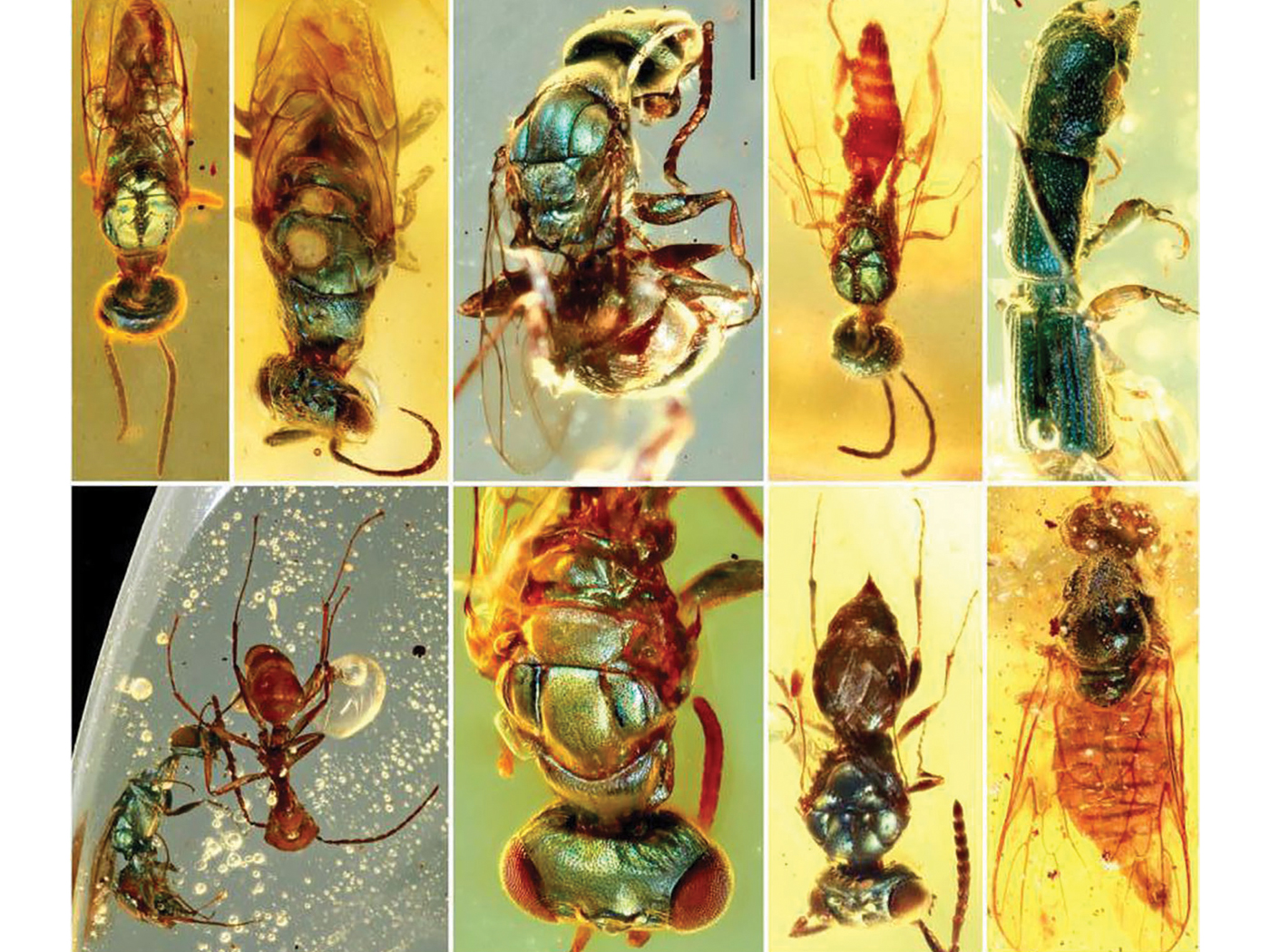Insects called water striders spend their lives gliding gracefully across stream surfaces. Scientists from China have uncovered some specific design specifications that perfectly suit the insects' tiny leg hairs for walking on water.
The insects are usually smaller than 15mm, but unless their leg hairs, called "setae," follow a particular formula specifying length, spacing, and angle of placement, even creatures this small would sink.
Professor Huiling Duan of Peking University, senior author of the report published in Proceedings of the Royal Society A, told ABC Science, "In fact, water repellency of hairy surfaces depends on the size, spacing and orientation of the hairs in micro-scale."1,2
So, how do water striders' leg setae compare with the ideal arrangement? According to ABC Science, "They found the spacing of the water striders' leg hairs, and the hairs on a fly's wing, is optimised [sic] so that the hairs are close enough so as to not penetrate the water's surface during impact, but not so close together it becomes inefficient."2
Bunching the setae closer together would cause the insect's legs to stick too strongly to water's surface when trying to lift them during locomotion. So, the spacing between each individual seta is set to a Goldilocks standard—not too far apart that water striders sink, and not too close together that they can't move. What about other setae specifications?
Not only are the hairs perfectly spaced, but they are sized and angled just right to balance the requirements of gravity, structural soundness, and capillary force. The researchers wrote in the Proceedings, "Our analysis makes it clear that the setae on water striders' legs or some insects' wings are in such an optimized geometry." In other words, they could not be better designed to match the functional need.
In explaining this design without a designer, evolution's proponents face a tough task, since all three specifications—size, angle, and spacing—had to occur at the same time for water striders to not sink and die. We always see intentional engineering whenever we witness the making of machines with multiple simultaneous specifications—like in cars, airplanes, and boats. Why should it be any different with these marvelous insects?
References
- Xue, Y., et al. Enhanced load-carrying capacity of hairy surfaces floating on water. Proceedings of the Royal Society A. Published online before print, March 5, 2014.
- Nogrady, B. Leg hairs hold secret to walking on water. ABC Science. Posted on abc.net on March 5, 2014, accessed March 18, 2014.
* Mr. Thomas is Science Writer at the Institute for Creation Research.
Article posted on April 28, 2014.












